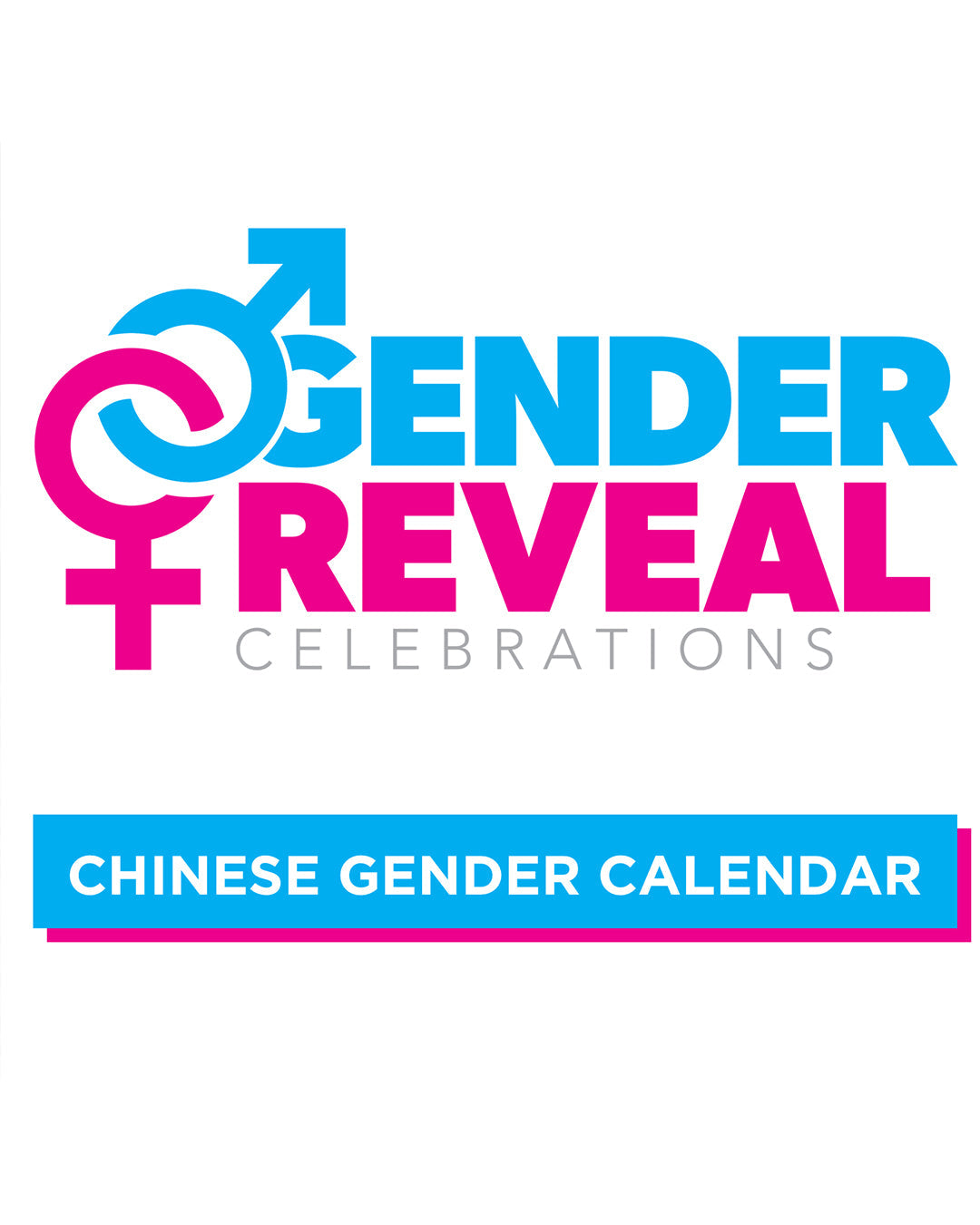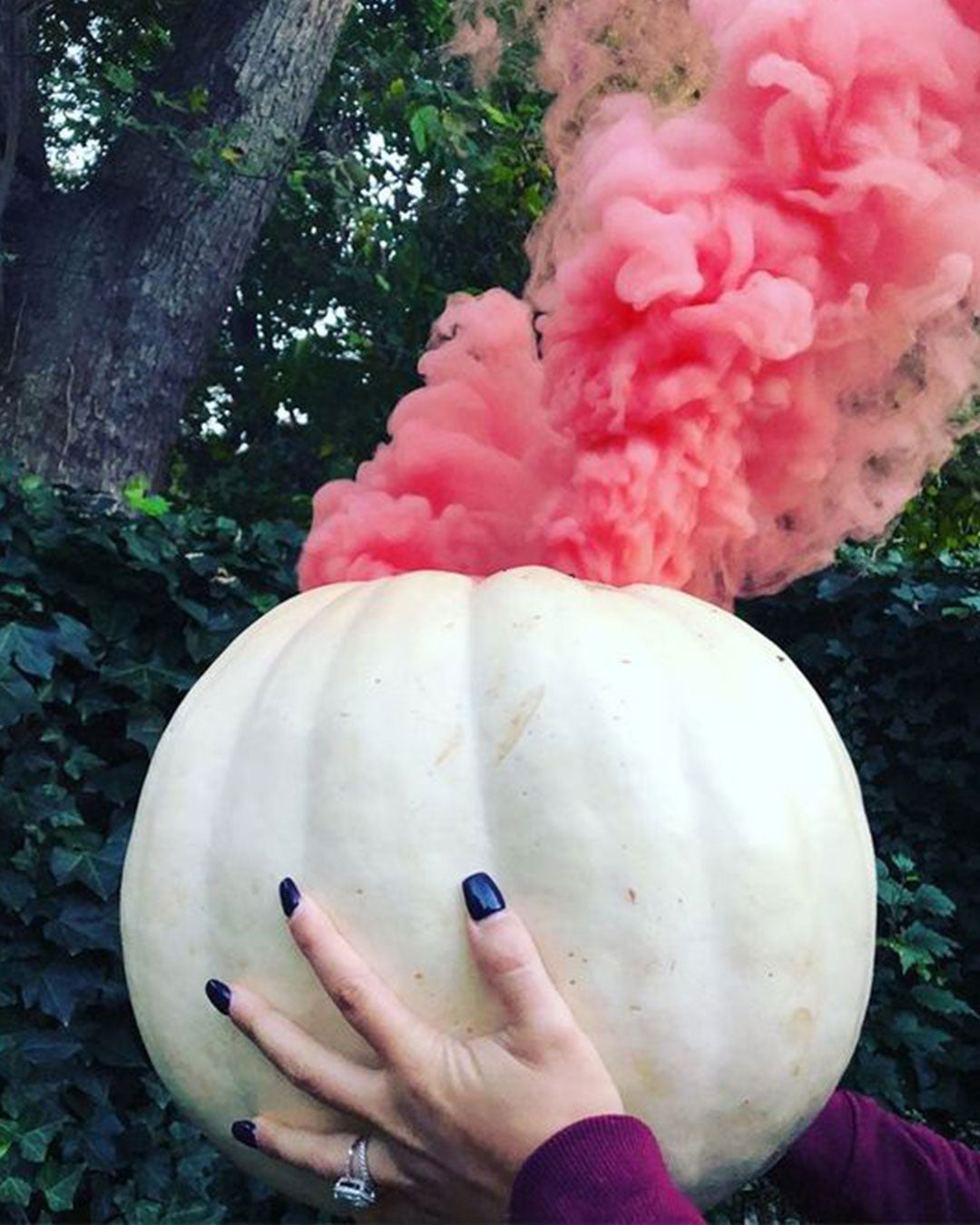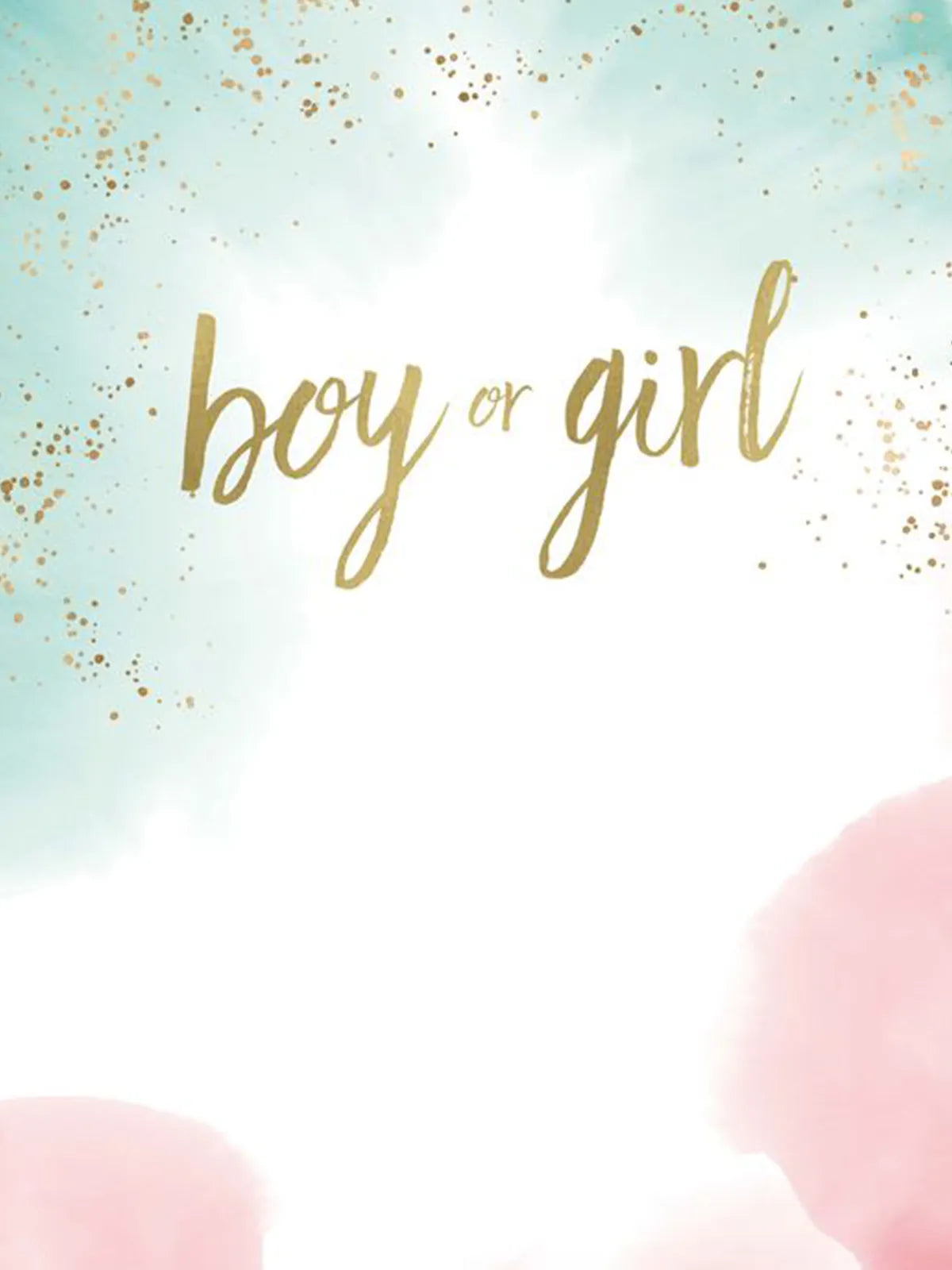Chinese Gender Calendar 2023: Decoding the Chinese Gender Predictor

Predicting Your Baby's Gender With the Chinese Gender Calendar
When you’re pregnant, your 20-week ultrasound, which is when most people find out the gender of their babies, can seem like a lifetime away. So it’s not surprising that many expecting mothers use other methods to find out if they are having a boy or a girl. One popular option is the Chinese Gender Calendar. It's simple to use and rich in tradition.
History of the Chinese Gender Calendar
From the abacus to konjac sponges, Asia has given the Western world a myriad of inventions and inspirations that make our lives more colorful and convenient. This includes the Chinese gender calendar. But what is it, exactly, and how does it work?
The actual history of the Chinese gender calendar is a bit vague, but there are two stories surrounding the calendar that stand out as the most likely to be true. Of course, because the Chinese gender calendar dates back several hundreds of years, there’s no way to determine the exact origins of the calendar.
One legend states the calendar is more than 700 years old. It was found in an ancient tomb and thought to be based on the I Ching, or the Book of Changes, which relies on Yin and Yang, the Eight Trigrams, and the Five Elements to predict the sex of a baby.
Another story insists the Chinese gender calendar is just over 300 years old and was once relied on by the Qing Dynasty imperial family to predict the gender of babies born into it. It’s said that the family preferred boys because they could work and provide money for the family, but also because having a son meant the royal family line would continue.
The story says the calendar was kept in the Qing palace and was used to determine when female members of the family should conceive to ensure the birth of a boy. However, during the Boxers Rebellion, the calendar was one of the exotic treasures looted from the palace. It was supposedly brought to England, where it was translated and given to the King. Sometime later, a professor took the chart to Austria. There, a Chinese scholar studied the calendar in detail and eventually brought it back to China.
Some people believe that the original copy of the Chinese gender calendar is currently stored in the Institute of Science in Beijing. However, that theory was disproved when a staff member from the Chinese Academy of Sciences stated there is no such institution and they don’t have any calendars like that. Also, Joanna Waley-Cohen, a provost at New York University Shanghai who specializes in the Qing Empire has stated she knows nothing about a Chinese gender predictor and that “it sounds implausible and exoticizing.”

What Makes the Chinese Gender Calendar so Popular?
The Chinese gender calendar’s popularity stems from the parent’s desire to know the sex of their baby as soon as possible. It’s like other popular wives' tales that are said to determine a baby’s gender such as the way you carry the baby, how much morning sickness you have, and the way a ring sways when held over your belly.
How Does the Chinese Calendar Gender Prediction Work?
The calendar relies on lunar cycles to predict the sex of your baby. There are two parts to the calendar — the lunar age of the mother’s at the time of conception and the lunar month of conception.
The Chinese calculate age since the time the baby is conceived. So when a baby is born, the baby is one. Also, the Chinese lunar year adds one year to your month of birth. For example, if you were born on January 20th, before the Chinese New Year, at your birth you were one year old. Then, in June of the same year, your lunar age becomes two years old.
Once you have the lunar month of conception and the mother’s lunar age at the time of conception, you simply read across (from left to right) and down the chart until the row and column you’re following intersect. In the space where the column and row intersect, you’ll see either “girl” or “boy.” That’s said to be the sex of your baby.
Can I Still Use the Chinese Gender Calendar If I Don’t Know My Exact Conception Date?
You don’t need to know your exact conception date to use the Chinese gender calendar. However, you need to choose a date as close as possible so you know your lunar month of conception. To estimate, simply add 14 days to the day you started your last menstrual period and use that date as your conception date.
How Accurate Is the Chinese Gender Calendar?
Despite the fact that there isn’t any evidence that indicates the Chinese gender calendar is accurate, some people believe it to be about 90% accurate. Of course, research and related math don’t support this at all. In fact, because there isn’t any research that backs up the validity of the calendar, some say it’s only accurate 5% of the time.
At best, the Chinese gender calendar has a 50-50 chance of being correct, which isn’t any different than you guessing the sex of your baby yourself or flipping a coin. So while it’s fun to use the calendar to try to predict your baby’s gender before your scheduled ultrasound, you shouldn’t use the results to plan your gender reveal party or rely on it to start purchasing gender-specific items for your baby.
Can You Use the Chinese Gender Calendar to Select Your Baby’s Gender?
Some people believe it’s possible to use the Chinese gender calendar to select their baby’s gender, but there isn’t any scientific evidence to back this theory up. If you use the calendar when trying to conceive in an effort to select your baby’s gender, don’t be surprised if it doesn’t work. There’s always going to be a 50% chance you have a girl and a 50% chance you have a boy, regardless of what the calendar indicates.
Does the Chinese Gender Calendar Predict Twins or Triplets?
The Chinese gender calendar doesn’t predict whether you’ll have twins, triplets, or multiples. That’s usually a matter of hereditary. In most cases, women who have multiple babies at the same time have a history of multiples on their mother’s side of the family.
Also, the Chinese gender calendar doesn’t predict the sex of twins, triplets, or multiples. It uses the lunar month of conception and the mother’s lunar age at the time of conception to guess whether the baby is a boy or a girl. There isn’t an option for predicting the sex of multiples.
What’s the Difference Between the Chinese Gender Calendar and the Mayan Gender Predictor?
The Mayan gender prediction method uses the mother’s age and the year of conception instead of the mother’s lunar age at the time of conception and the lunar month of conception. Also, the method is a bit easier than finding the intersecting space on a grid. Using the Mayan prediction method, if the mother’s age and the year are both odd or even numbers, the baby will be a girl. If the mother’s age and the year of conception are an odd and even number, the baby will be a boy.
Is the Chinese Gender Calendar or the Mayan Gender Predictor More Accurate?
Both the Chinese gender calendar and the Mayan gender predictor are pretty unreliable. Neither is more accurate than flipping a coin or guessing your baby’s gender on a whim. Unfortunately, if you want accurate results, you have to wait for your ultrasound.
Chinese Gender Calendar 2018-2020
The 2019 Chinese gender calendar will show you the sex of your baby if your lunar month of conception falls in 2019. To use the calendar, find your lunar age at the time of conception using the column to the left. Then, find the lunar month you conceived across the top of the calendar. Follow the column under the lunar month you conceived until it intersects with the row running to the right of your lunar age at the time of conception. In the square where the two intersect, you’ll find the sex prediction for your baby.
Keep in mind, the Chinese gender calendar should only be used as a fun tool to predict the sex of your baby before it’s revealed via ultrasound. Unlike the Chinese gender calendar, ultrasounds can predict the sex of your baby accurately almost all of the time. In fact, some studies indicate using ultrasound to predict the sex of the baby after 14 weeks gestation is only wrong in 1 out of every 100 cases, while other studies have shown ultrasounds to be wrong less than 1% of the time. So while it’s fun to use the Chinese gender calendar while you wait for your ultrasound appointment, don’t start planning your gender reveal party until you have a proper scan. Please explore our Gender Reveal Ideas for more fascinating ways to welcome your newest family member!



